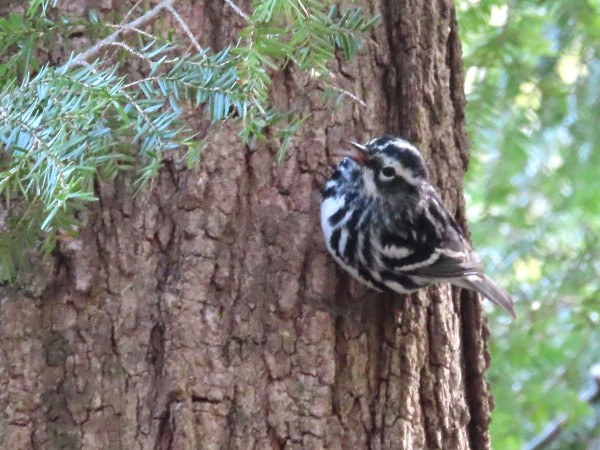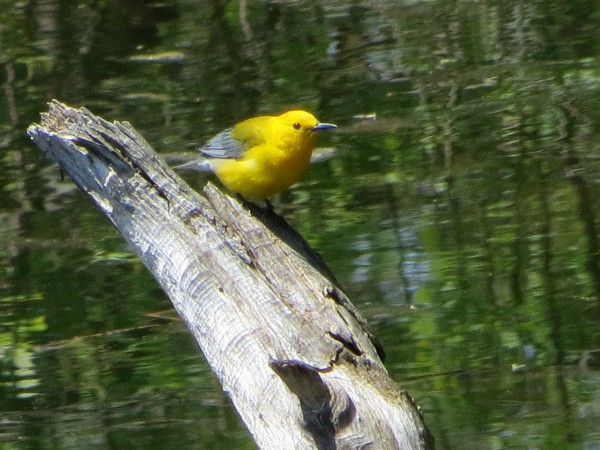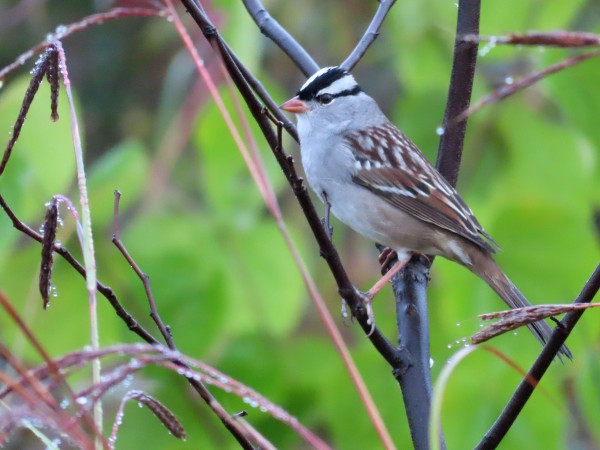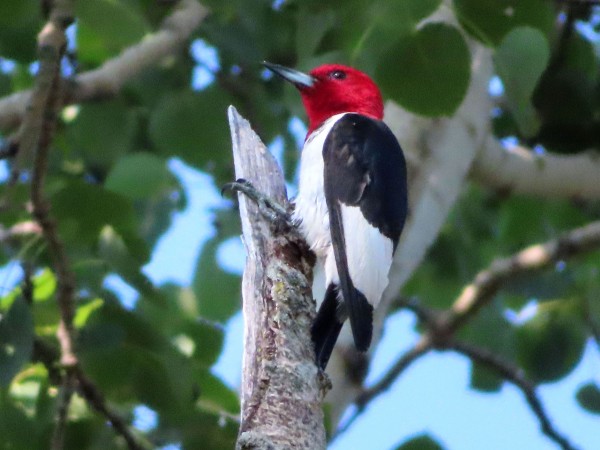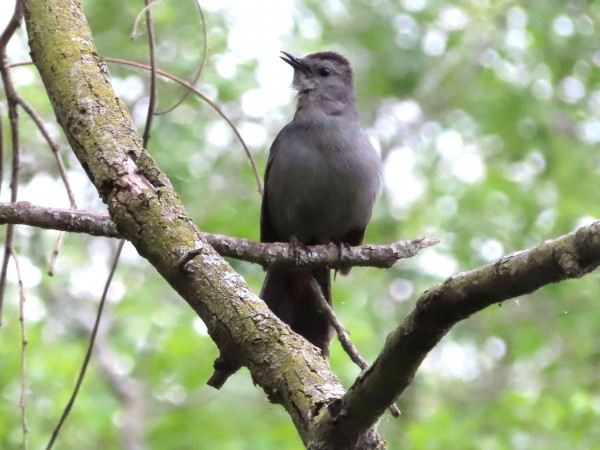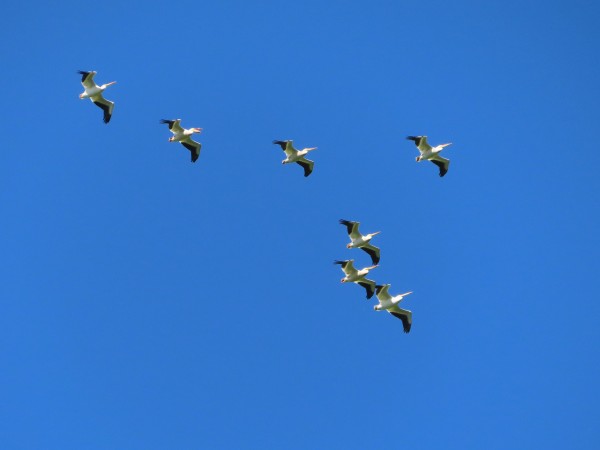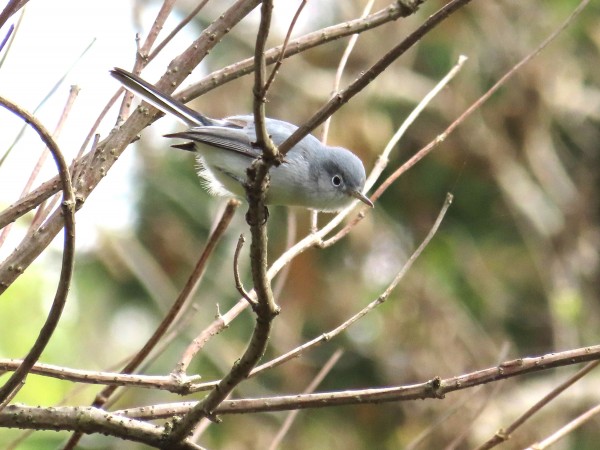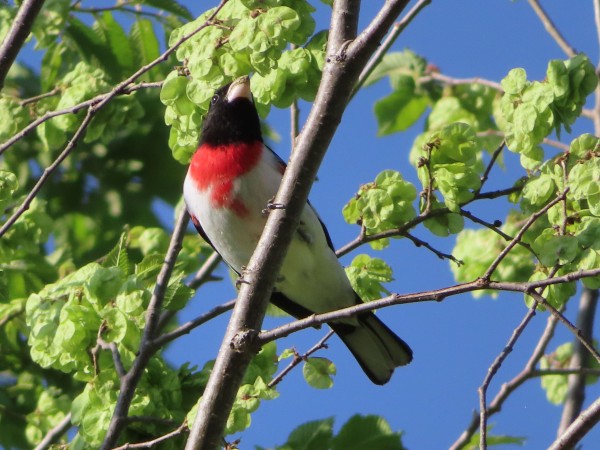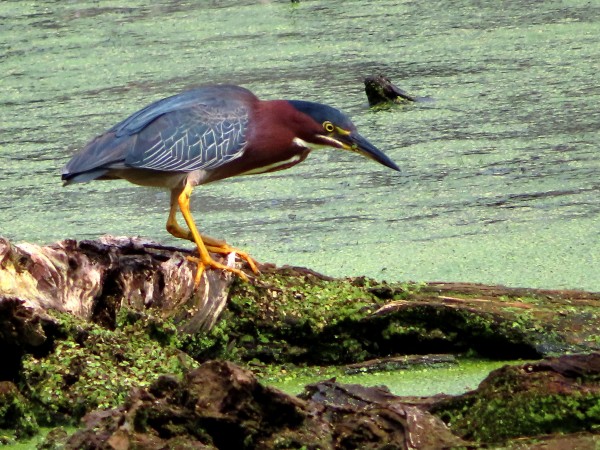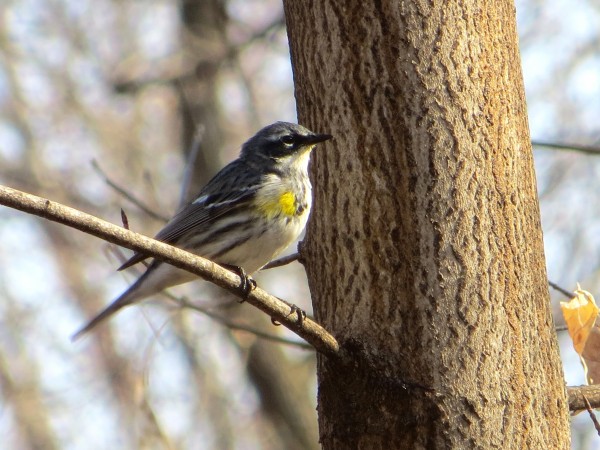Chuck's Birding Report #111
26 April - 02 May 2022
Dear fellow flock of birders,
The birds are still arriving from the south and are seeking food and shelter in the Arboretum. The following is a description of a few of the birds that I’ve seen during the past week. I hope the cold weather has not created problems for our migrating birds. I’m especially concerned about enough insects hatching to provide food for many of the birds.
Warblers are still arriving. The number of different species of warblers has risen from 20 species to about 25 species. I would recommend that you take out the Bar Chart that I shared some time ago. Look at the page with all the warblers listed and check how many may be seen by the first week in May. These are just the first arrivals. There will be many more of the same species as well as new species to come. Remember we should be able to see about 30 species of warblers in the Arboretum or in Dane County. This morning on my walk in various parts of the Arb I saw Palm Warblers, Yellow Warblers, a Northern Waterthrush, a Yellow-rumped Warbler and a Black-and-white Warbler. Even though the Black-and-white Warbler is only two colors, I think it is a stunning bird. A photo of one is included.
Last Wednesday I did see one of my favorite warblers down at Big Spring. It was a Prothonotary Warbler. It is mostly bright yellow but sometimes even yellow/orange. Its back is olive green and its wings and tail are gray. There are a couple PVC nest boxes in Picnic Point Marsh that have been successful in housing families of Prothonotary Warblers for the past few years. A Prothonotary Warbler photo is included.
I’ve been seeing quite a few small flocks of White-throated Sparrows in the Arb this past week. Many have been feeding on the ground in the grass or in the mulch under the crabapple trees. They are in the woods too feeding on the ground where they throw leaves around to expose deeper food sources. A close relative of the White-throated is the White-crowned Sparrow. I’ve only seen singles of these and they have been feeding on the shoulders of Arboretum Drive. The white crown is most distinctive with its white and black horizontal stripes. The whole crown looks like a miniature bicycle helmet riding high on the head. A photo of a White-crowned Sparrow is included.
The other day when I birded with Hiam we had just finished birding around Icke Boardwalk and were walking in Gallistel Woods when Hiam noticed a Red-headed Woodpecker on the tree ahead of us. We don’t see many Red-heads in the Arb so this was a special moment. It was an adult with bright red plumage covering the entire head. Large swathes of black and white cover the rest of the woodpecker. It is a sharp looking bird. Included is a photo of the Red-headed Woodpecker. The land crew is trying to create more habitat for Red-headed Woodpecker but the number of these woodpeckers nesting in the Arb is still very low.
There seems to be an increase in Gray Catbirds this past week. They are mostly gray overall with a black cap and some rusting plumage around the vent. When it gives its meow call it’s easy to identify it as the Gray Catbird. Recently I heard the Catbird chattering continuously. It was then that I realized that its chatter could be confused with the Brown Thrasher. So now birders need to listen closely to see if the sound is in doublets, in which case it is a Brown Thrasher, or in singlets, in which case it is a Gray Catbird. A photo of the Gray Catbird is included.
Another bird that is often seen as a flyover is the American White Pelican. In recent years there seem to be more of them and they seem to be staying longer in Dane County. Today as I birded the south end of Gardner Marsh, there were 3 American White Pelicans on the pond at the east end of the waterway. In addition there was another large white bird in the same area. It turned out to be a Great Egret. I showed Linda Deith’s photo of the egret last week. A photo of a flyover of American White Pelicans is included.
Another tiny bird that is one I like a lot is the Blue-gray Gnatcatcher. It is such a spritely bird decked out in gray and white plumage. If the sun is just right the gray plumage can look a bit blue. One reason I like it so much is that I saw it build its tiny nest one year. Impressively it puts small pieces of lichen on the outside of the nest. What an artist! Included is a photo of the Blue-gray Gnatcatcher.
On Sunday I visited Spring Trail Pond. There are hardly any Mallards left on the pond now that the lakes have opened up. I did see a Yellow-rumped Warbler, a Palm Warbler and a Yellow Warbler around the edge of the pond. But then I heard an aria from a familiar opera being sung by an amazing soprano. Of course I’m talking about a bird often described by birders as singing like an American Robin who has had voice lessons. I walked farther to the south and finally found the soprano perched at the top of a tree singing its heart out. Can you guess what bird it was? Of course it was a Rose-breasted Grosbeak. It was a male with a black head, bright red breast patch and white belly. The whole package of voice and plumage was indeed impressive. A photo of the Rose-breasted Grosbeak is included.
My last bird is one that I saw at HoNeeUm for the first time this year on Sunday. It came flying in and landed on a branch at the edge of the pond. It stood motionless peering into the water looking for fish to eat. It’s really fun to take a few moments to watch the Green Heron hunt for food. It’s also amazing how far they are able to extend their necks to reach the food. A photo of a Green Heron is included.
That’s the Arboretum bird report for the past week.
I wish all of you good health and good spring birding too,
Chuck

